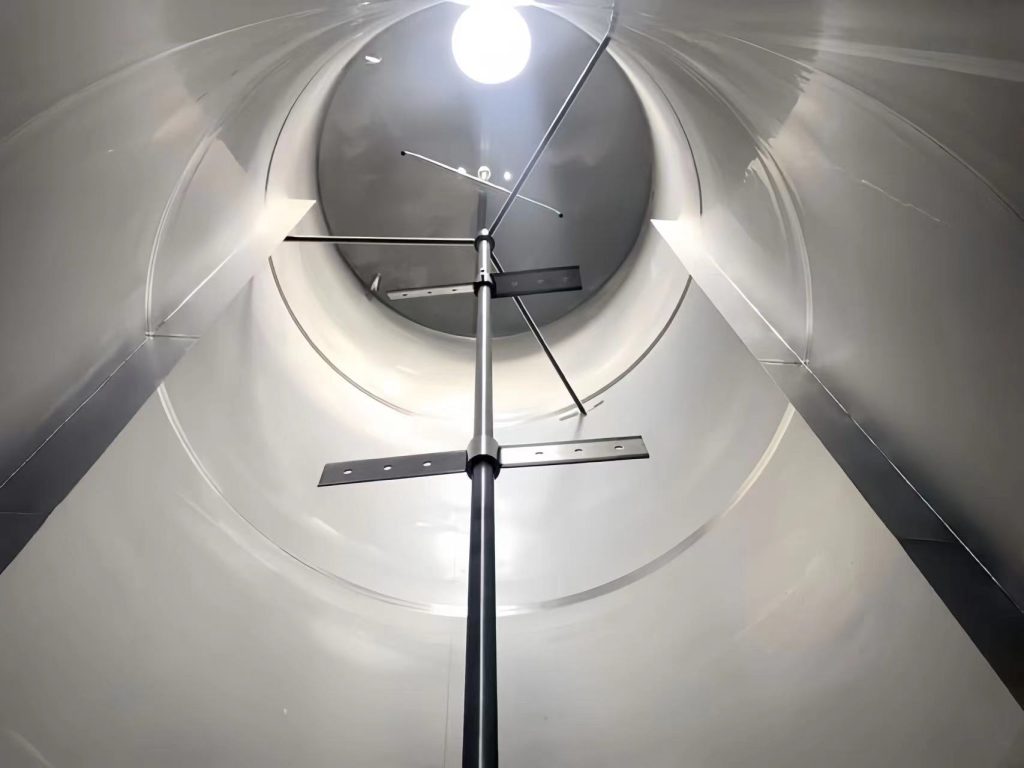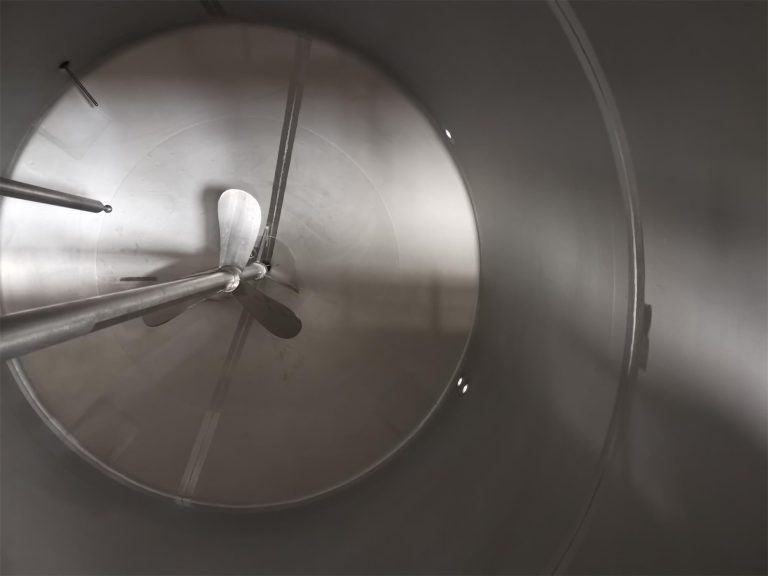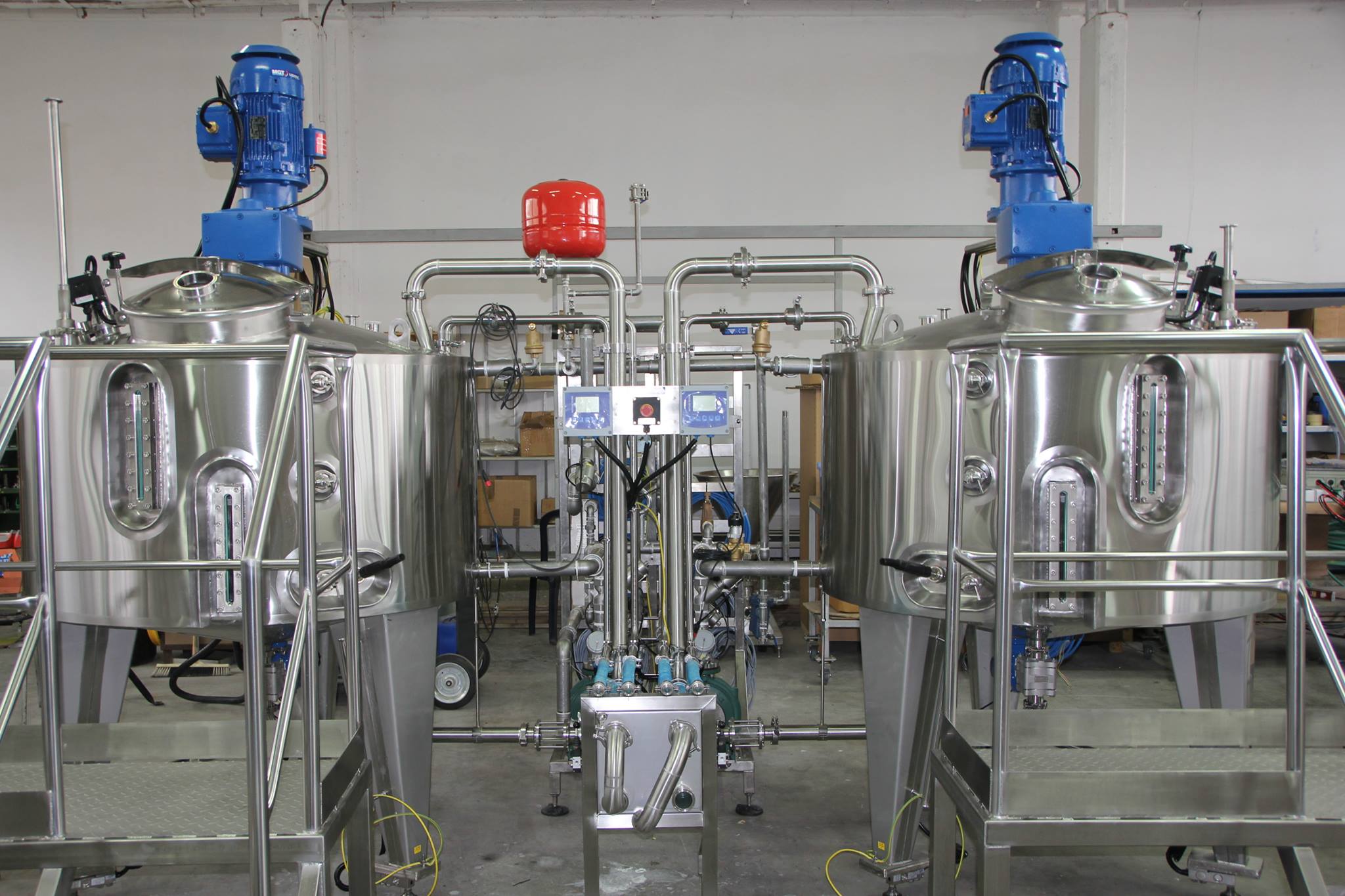Введение

В сфере современного производства миксеры для баков стали незаменимыми инструментами. Они играют решающую роль в обеспечении однородности, эффективности и качества продукции в различных отраслях. От химической обработки до производства продуктов питания и напитков миксеры для баков помогают достичь желаемой однородности и эффективности материалов. В этом блоге рассматриваются основные аспекты смесительных баков, рассматриваются их типы, функции, области применения и преимущества. Мы также предоставим информацию с помощью подробных таблиц и ответим на распространенные вопросы об этих важных устройствах.
Понимание Танковые миксеры
Что такое танковый смеситель?
Смеситель для резервуара — это устройство, используемое для смешивания, перемешивания или размешивания веществ в резервуаре или сосуде. Он предназначен для обеспечения однородности и консистенции смешанных продуктов, что имеет решающее значение в производственных процессах. Смесители для резервуара бывают разных конструкций, включая лопастные, турбинные и импеллерные, каждая из которых подходит для определенных применений и типов жидкостей.
Типы миксеров для танков
Существует несколько типов смесительных баков, каждый из которых предназначен для различных нужд смешивания:
- Миксеры с лопастной мешалкой: Используйте вращающиеся лопасти для смешивания веществ. Они идеально подходят для густых, вязких материалов.
- Турбинные миксеры: Используйте высокоскоростные вращающиеся лопасти для создания турбулентности и обеспечения тщательного смешивания. Подходит для жидкостей с низкой и средней вязкостью.
- Импеллерные миксеры: Оснащены лопастями, которые толкают жидкости в радиальном или осевом направлении, что делает их универсальными для различных задач по смешиванию.
- Статические миксеры: Работают без подвижных частей, используя неподвижные элементы для смешивания жидкостей по мере их прохождения.
Важность Танковые миксеры в производстве
Повышение единообразия продукции
В производстве постоянство продукта имеет решающее значение для поддержания качества и соответствия нормативным стандартам. Танковые смесители помогают добиться равномерного смешивания сырья, гарантируя, что каждая партия продукта будет одинаково высокого качества. Эта последовательность особенно важна в таких отраслях, как фармацевтика, где требуются точные формулы.
Повышение эффективности
Смесительные емкости способствуют повышению эффективности работы за счет сокращения времени, необходимого для процессов смешивания. Высококачественные смесители позволяют быстрее достигать желаемых результатов, минимизируя время простоя и увеличивая производительность. Такая эффективность имеет важное значение для достижения производственных целей и сохранения конкурентоспособности на рынке.
Сокращение отходов
Эффективное смешивание снижает вероятность отходов, гарантируя, что все материалы тщательно перемешаны и использованы. Это сокращение отходов не только приносит пользу окружающей среде, но и помогает снизить общие производственные затраты.
Применение Танковые миксеры
Химическая обработка
В химическом производстве смесительные емкости используются для смешивания различных химикатов и обеспечения надлежащих реакций. Они имеют решающее значение для смешивания компонентов, которые необходимо объединить при определенных условиях, таких как температура и давление.
Пищевая промышленность и производство напитков
Танковые миксеры широко используются в пищевой и безалкогольной промышленности для смешивания ингредиентов, эмульгирования продуктов и достижения желаемой текстуры и вкуса. Они играют важную роль в поддержании качества и безопасности продукции.
Фармацевтическая промышленность
В фармацевтике смесительные баки используются для смешивания активных ингредиентов и вспомогательных веществ для создания однородных формул. Они помогают гарантировать эффективность и безопасность лекарств для потребления.
Ключевые особенности, которые следует учитывать при выборе Танковые миксеры
Скорость смешивания
Скорость работы миксера влияет на его эффективность и производительность. Высокоскоростные миксеры подходят для жидкостей с низкой вязкостью, тогда как для более густых материалов могут потребоваться более низкие скорости.
Материал изготовления
Материал смесительного бака влияет на его долговечность и совместимость с различными веществами. Нержавеющая сталь обычно используется из-за ее устойчивости к коррозии и простоты очистки.
Конфигурация микшера
Конфигурация смесителя, включая тип и расположение лопастей или лопаток, влияет на его производительность. Различные конфигурации подходят для определенных задач смешивания и типов жидкостей.
Преимущества использования Танковые миксеры
Увеличение производственных мощностей
Повышая эффективность процессов смешивания, смесительные баки помогают увеличить производительность. Это улучшение выгодно для удовлетворения более высокого спроса и расширения производственных операций.
Улучшенное качество продукции
Танковые миксеры обеспечивают постоянное смешивание продуктов для соответствия стандартам качества. Эта последовательность помогает создать надежную репутацию бренда и завоевать доверие клиентов.
Экономия затрат
Эффективные миксеры для танков способствуют экономии средств за счет сокращения отходов и повышения эффективности производства. Это снижение расходов может привести к повышению рентабельности и лучшей окупаемости инвестиций.
Таблица: Основные характеристики различных Танковые миксеры
| Тип миксера | Идеальное использование | Диапазон скоростей | Материал изготовления | Типичный диапазон вязкости |
|---|---|---|---|---|
| Миксер-лопатка | Густые, вязкие материалы | Низкий или средний | Нержавеющая сталь | Высокий |
| Турбинный смеситель | Низкая или средняя вязкость | Высокий | Нержавеющая сталь/сплав | Средний или низкий |
| Импеллерный миксер | Универсальные приложения | Переменная | Нержавеющая сталь | От низкого до среднего |
| Статический миксер | Непрерывные процессы | Н/Д | Пластик/Металл | От низкого до среднего |
Проблемы и решения

Техническое обслуживание и очистка
Регулярное обслуживание и очистка смесительных резервуаров необходимы для обеспечения их оптимальной производительности. Необходимо установить надлежащие процедуры и графики, чтобы избежать загрязнения и поддерживать гигиену.
Выбор правильного миксера
Выбор подходящего смесителя для конкретных применений может быть сложным. Он требует тщательного рассмотрения таких факторов, как свойства жидкости, требования к смешиванию и условия эксплуатации.
Управление потреблением энергии
Танковые миксеры могут потреблять значительное количество энергии. Энергоэффективные модели и методы должны быть приняты для минимизации потребления энергии и снижения эксплуатационных расходов.
Заключение
Смесители для танков являются жизненно важными компонентами в современных производственных процессах. Они обеспечивают однородность продукции, повышают эффективность и способствуют общему успеху эксплуатации. Понимая различные типы баковых смесителей, их применение и факторы, которые следует учитывать, производители могут принимать обоснованные решения и оптимизировать свои процессы смешивания. Поскольку отрасли продолжают развиваться, роль смесительных баков будет оставаться центральной для достижения высококачественных и эффективных результатов производства.
Часто задаваемые вопросы
Каковы основные типы миксеры для танков?
Основные типы миксеров для резервуаров включают лопастные миксеры, турбинные миксеры, лопастные миксеры и статические миксеры. Каждый тип предназначен для определенных потребностей смешивания и свойств жидкости.
Как смесительные емкости повышают эффективность производства?
Смесительные емкости повышают эффективность за счет сокращения времени, необходимого для смешивания, минимизации отходов и обеспечения постоянного качества продукции. Это приводит к повышению производительности и экономии затрат.
Какие факторы следует учитывать при выборе смеситель для танка?
При выборе миксера для бака следует учитывать такие факторы, как скорость смешивания, материал конструкции, конфигурация миксера и особые требования к смешиваемой жидкости.
Как часто следует проводить техническое обслуживание смесительных баков?
Смесительные баки должны регулярно обслуживаться в соответствии с рекомендациями производителя и конкретными условиями эксплуатации. Регулярная очистка и осмотры необходимы для обеспечения оптимальной производительности и предотвращения загрязнения.
Каковы общие проблемы, связанные с миксеры для танков?
К общим проблемам относятся техническое обслуживание и очистка, выбор правильного смесителя для конкретных применений и управление потреблением энергии. Решение этих проблем включает внедрение надлежащих процедур и выбор эффективного оборудования.

